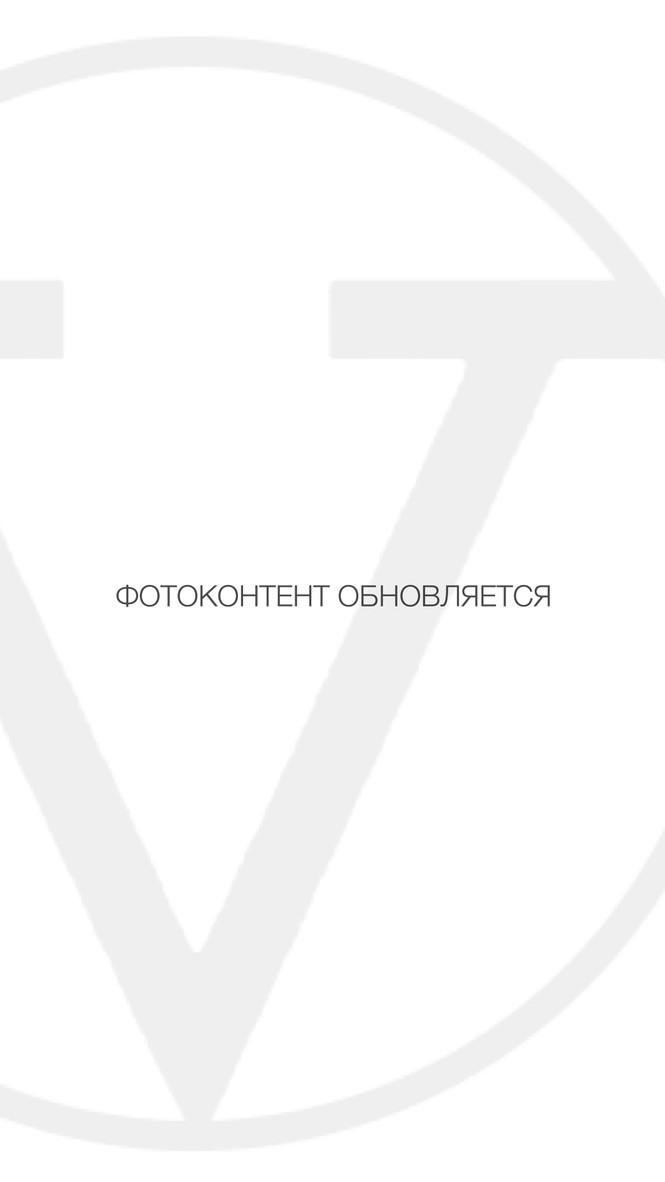Dry Cleaning Clothes
Sometimes, favorite clothes lose their color vibrancy, stains appear, or you simply desire a change. Clothing dyeing is a wonderful solution that allows you to refresh your wardrobe without significant expenses. Professional fabric dyeing restores the saturation of colors and also helps to hide defects and give items a second life.

Advantages of Professional Fabric Dyeing
Clothing dyeing is a complex process that requires precision and the use of high-quality dyes. Professional dyeing allows you to achieve the best results thanks to a meticulous approach to each stage of work. From choosing the right dye to adhering to application technologies, this guarantees that the result will be not only attractive but also durable. Here are the main advantages of a professional approach:
- Even dyeing. Modern methods of dye application guarantee a uniform color without spots or streaks, providing the effect of a renewed appearance.
- Material safety. We select dyeing methods that do not damage the textile structure.
- Wide color selection. Our atelier has a rich selection of dyes, and we will be able to choose the best shade that suits you perfectly.
- Long-lasting effect. We use stable dyes that do not fade or burn out.

Dyeing of Outerwear: Renovation Without Buying New Items
Dyeing of outerwear is a great way to refresh an old but favorite item without spending money on a new one. You can restore the style and color saturation of a jacket, coat, or down jacket, as well as mask small defects. Professional dyeing will help preserve the appearance of the product, giving it a new life.

How Does the Dyeing Process Take Place?
- Product assessment. We determine the fabric composition, dyeing possibility, and desired color.
- Preliminary preparation. We remove dirt and residues of old dyes.
- Dyeing. We use special methods that guarantee a uniform result.
- Color fixing. The dye fixation process ensures its resistance to washing and external factors.
- Final processing. Additional procedures to preserve the softness and texture of the fabric.

What Items Can Be Dyed?
Various textile products are suitable for dyeing, including:
- T-shirts, shirts, trousers, and dresses;
- Coats, jackets, and down jackets;
- Home textiles (bedspreads, tablecloths);
- Accessories (scarves, gloves, hats).
We work with natural fabrics such as cotton, linen, wool, as well as some synthetic materials.

Cost of Clothing Dyeing
The price depends on several factors:
- Fabric type;
- Complexity of work;
- Size of the item;
- Color selection and additional processing.
Before starting work, we agree on all the details of the order and calculate the final cost of the service.

Where to Order Clothing Dyeing in Kyiv?
If you want to refresh your wardrobe without significant expenses, contact the Voznesenska atelier. We guarantee high-quality dyeing that will make your clothes stylish and vibrant. You can order the service online or in our workshop. Renew your favorite items with us!






